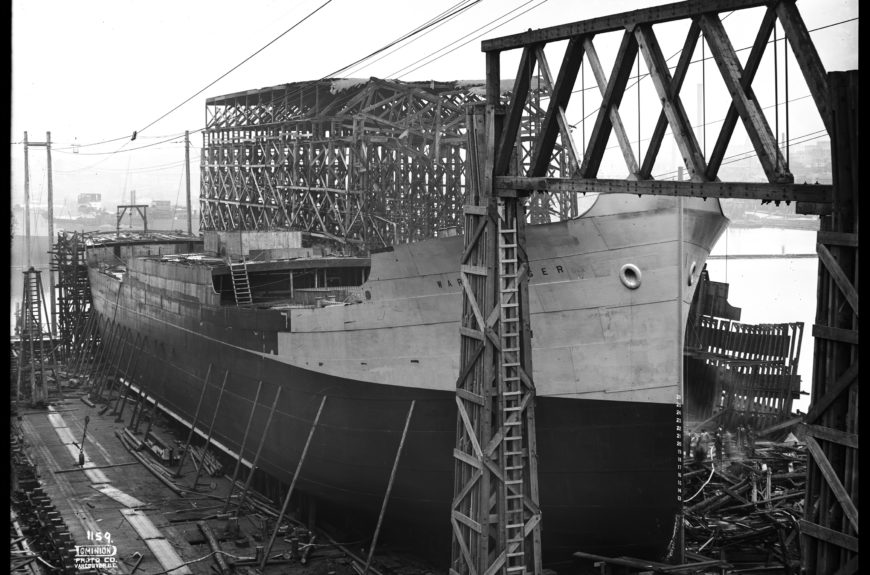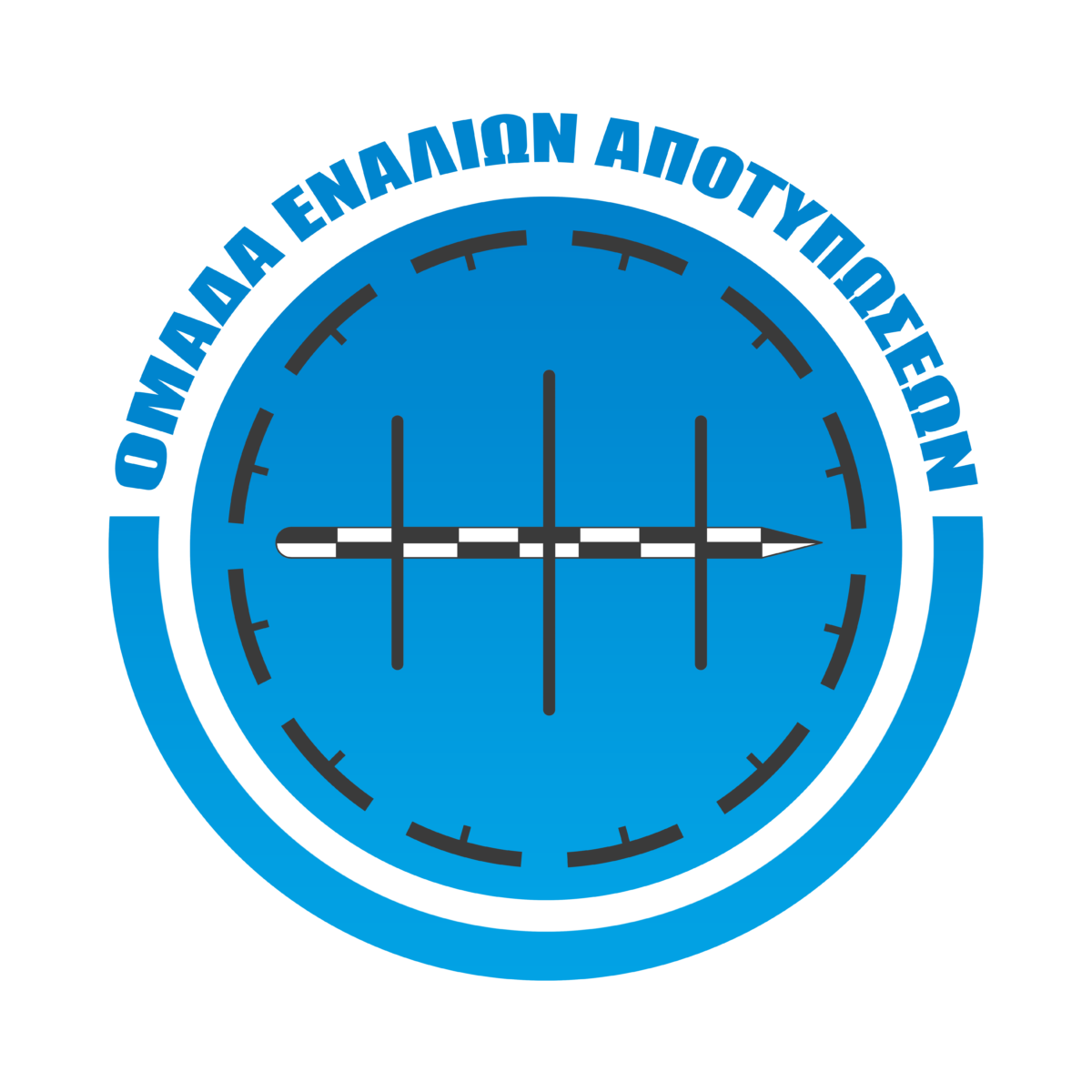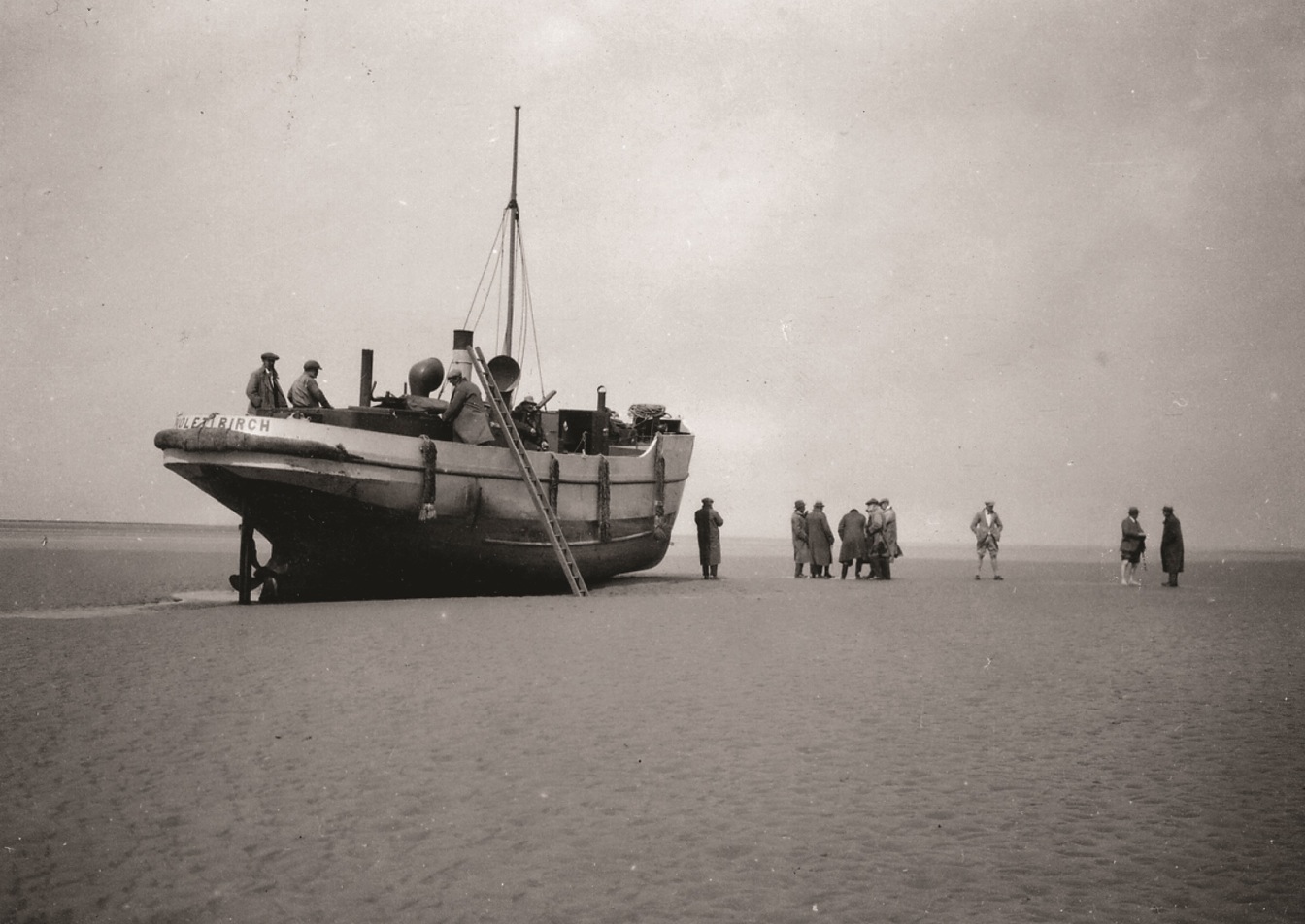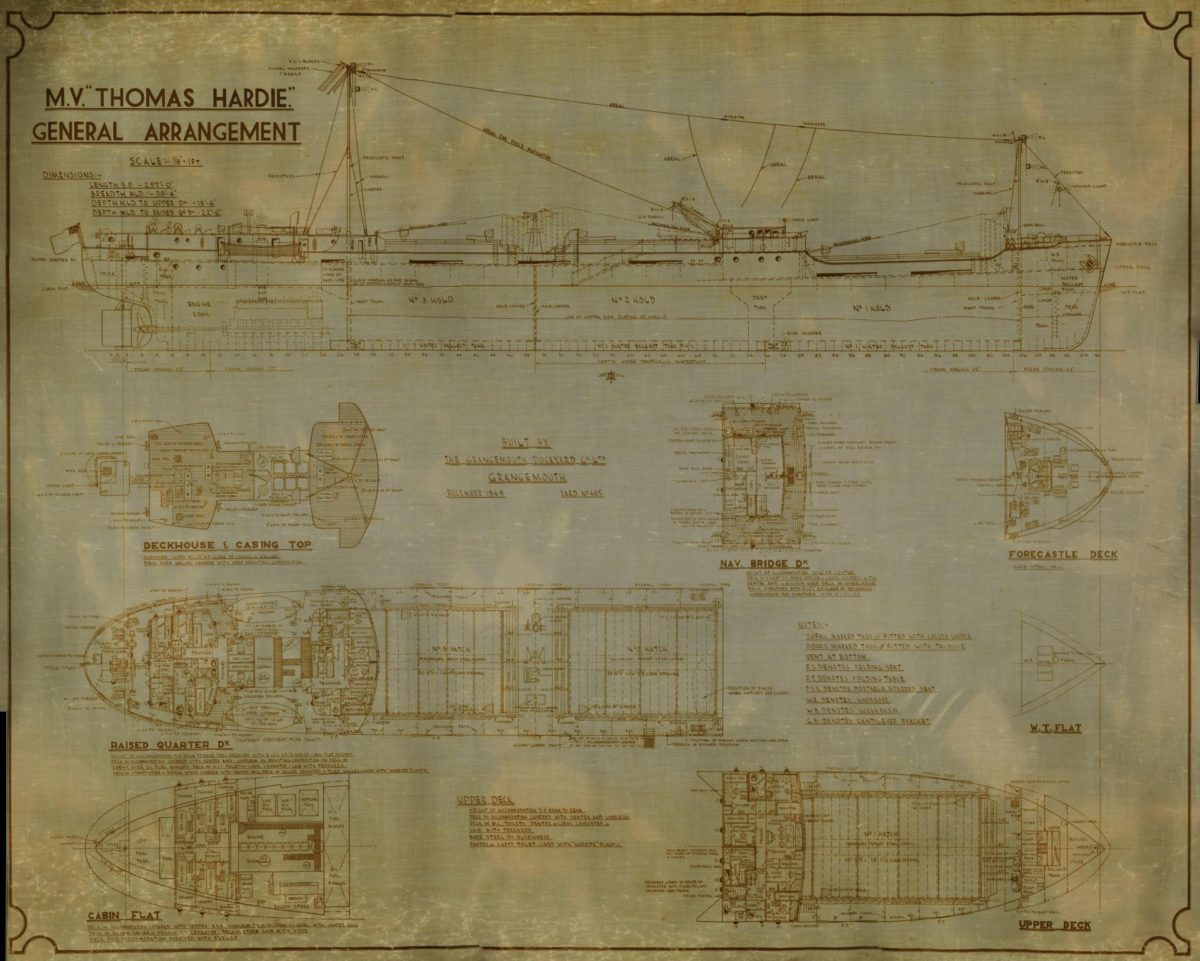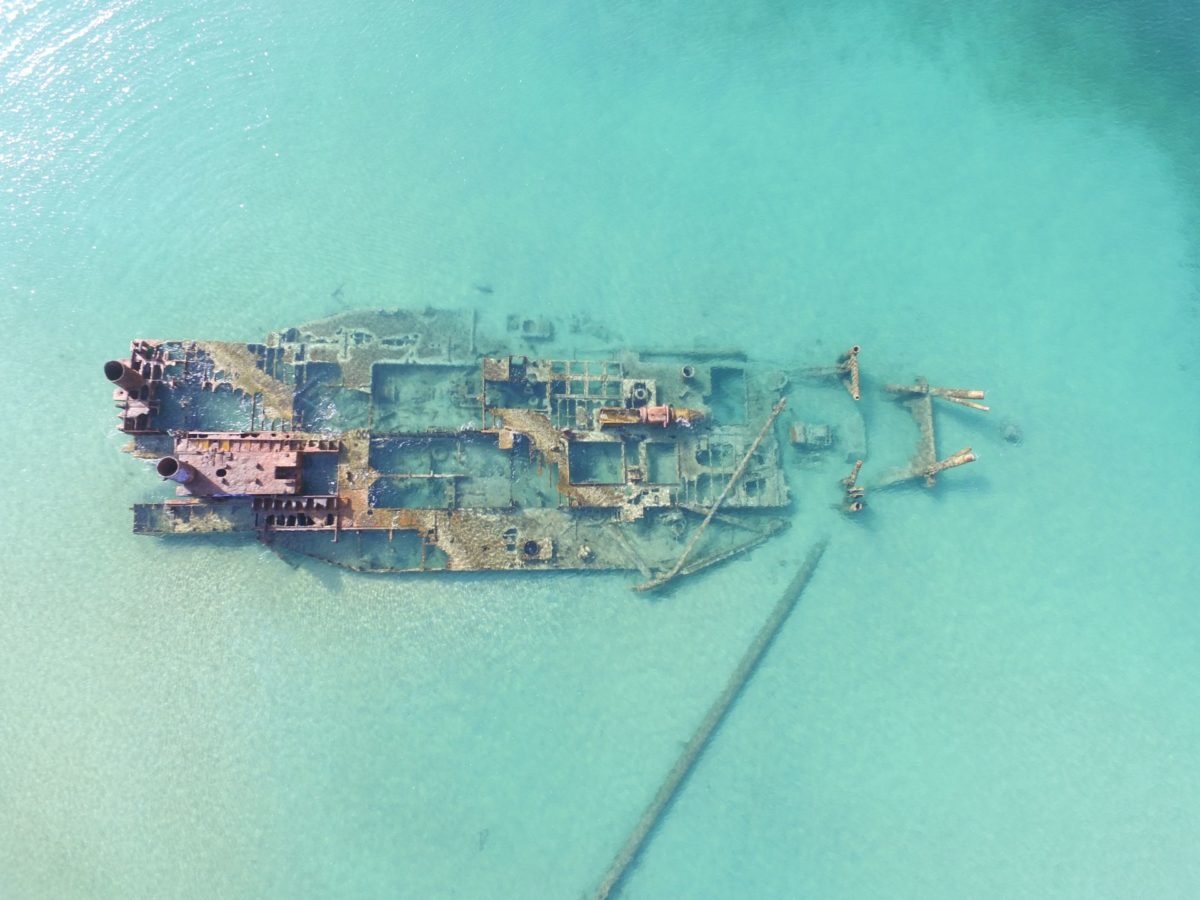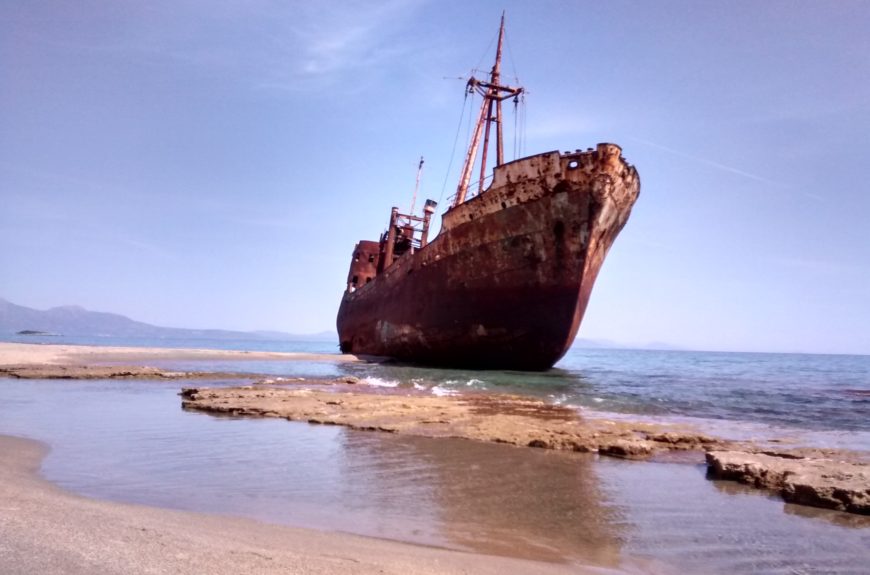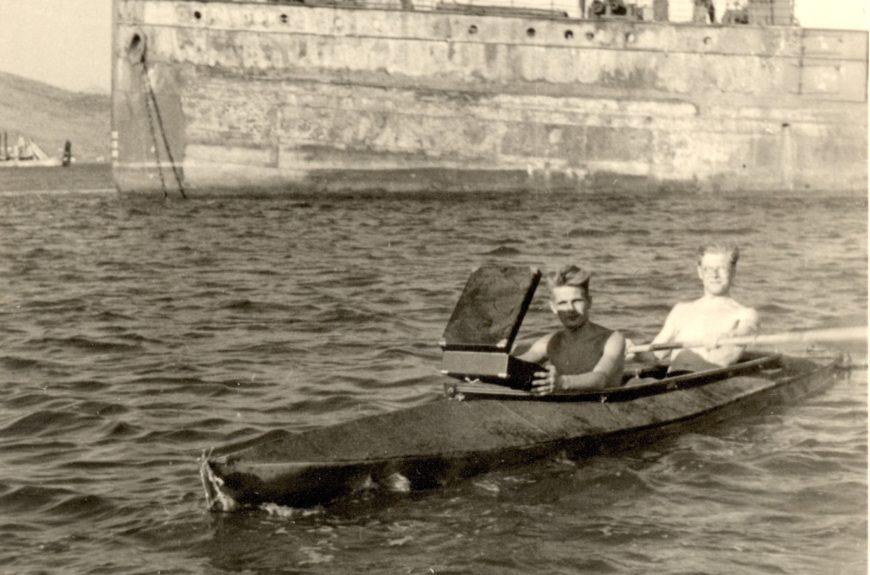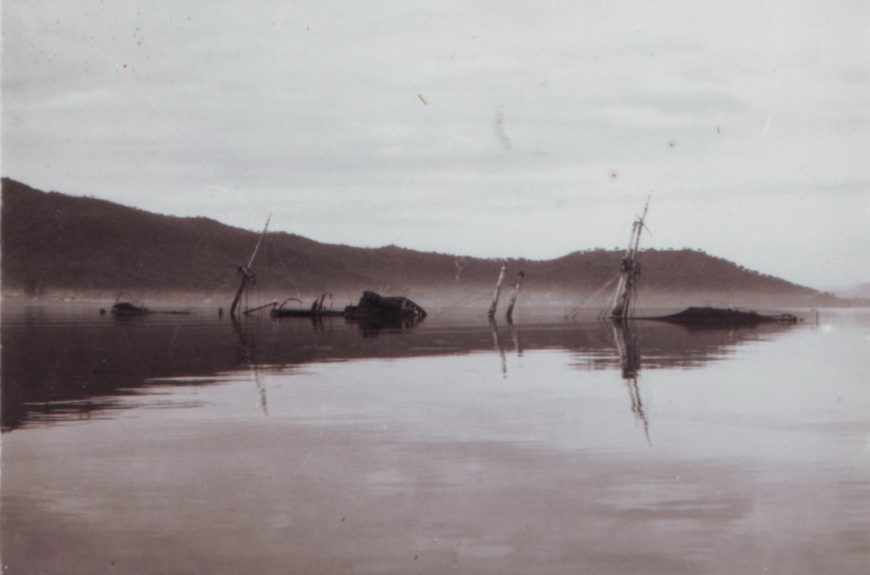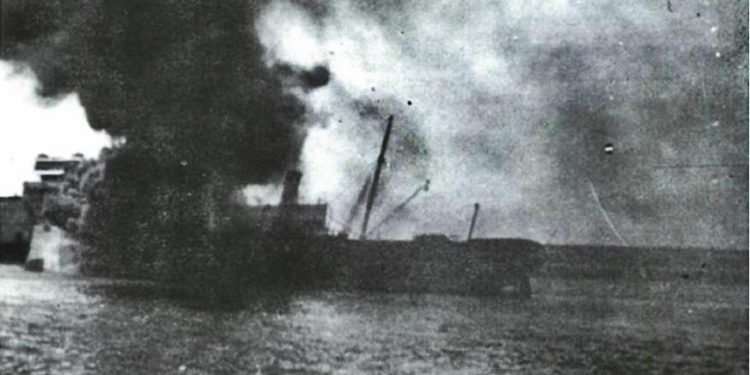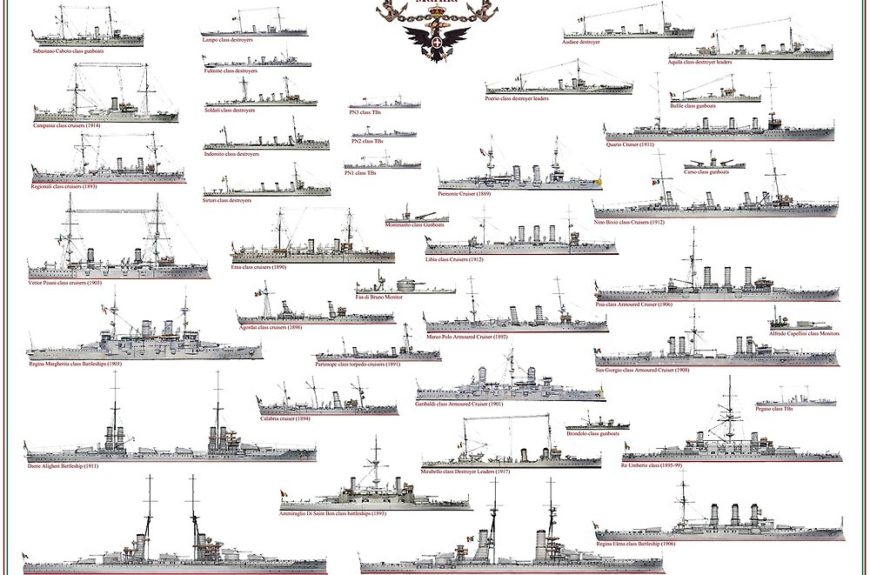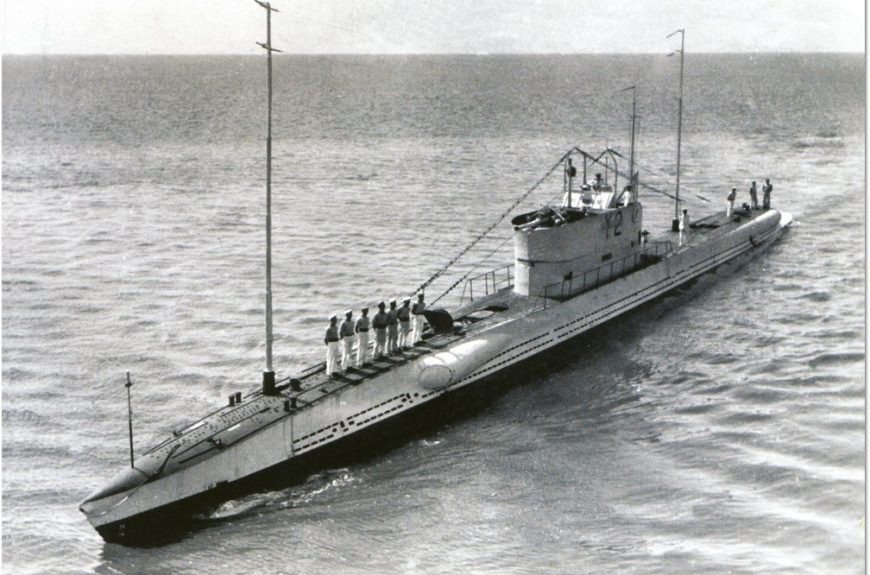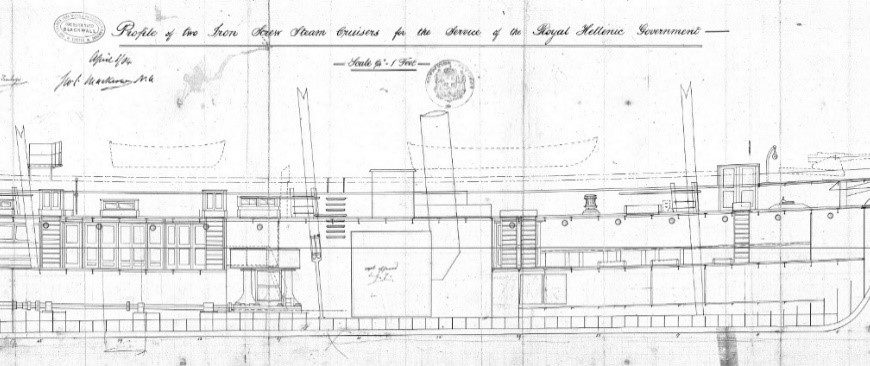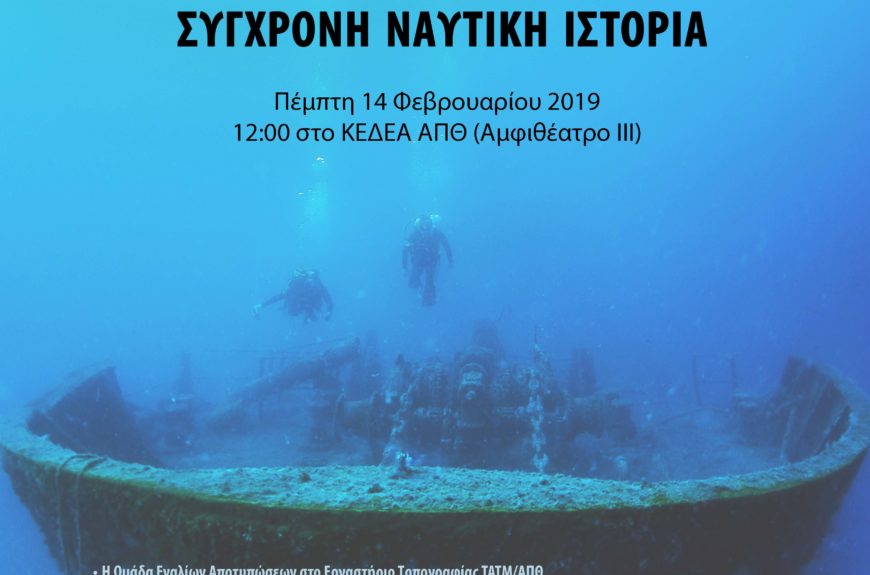The Kalamitsi wreck
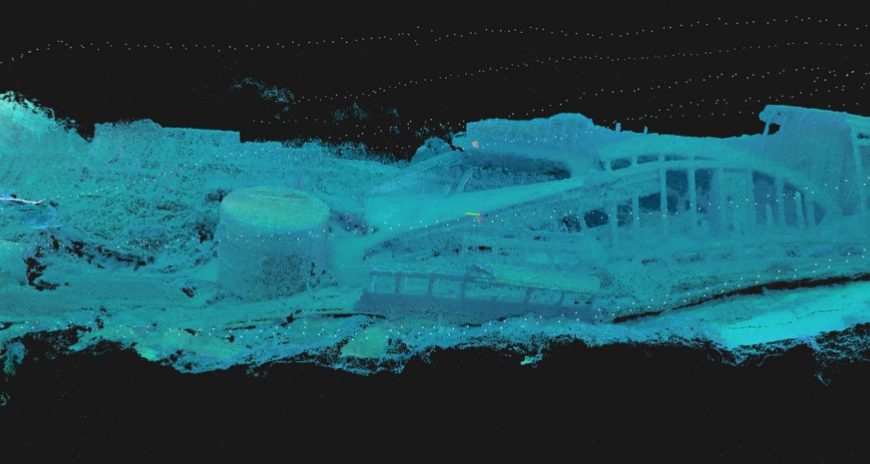
Map of coastal wrekcs in Greece
Myrmix and Lefteris – the VERA shipwreck
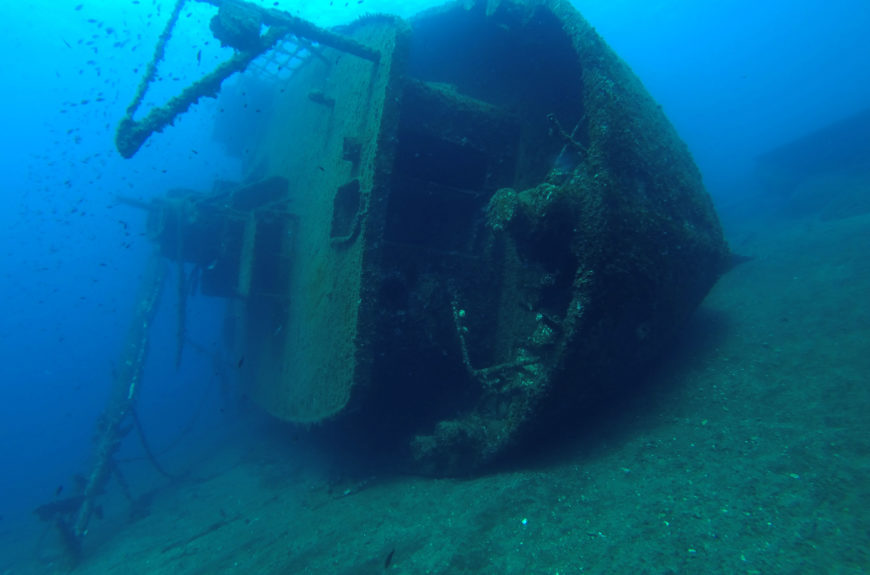
Three months aboard a Flat iron collier
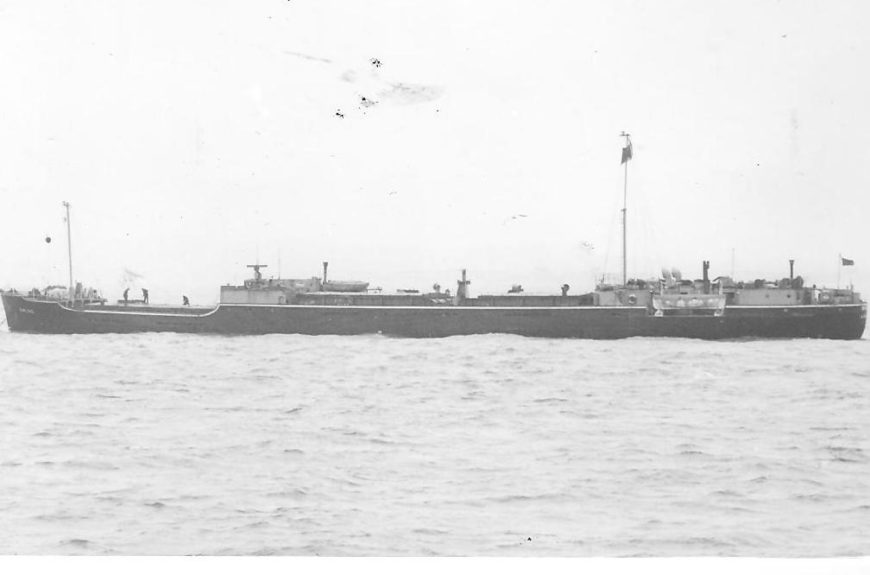
The sinking of SS NORSEMAN at Megalo Karabourno
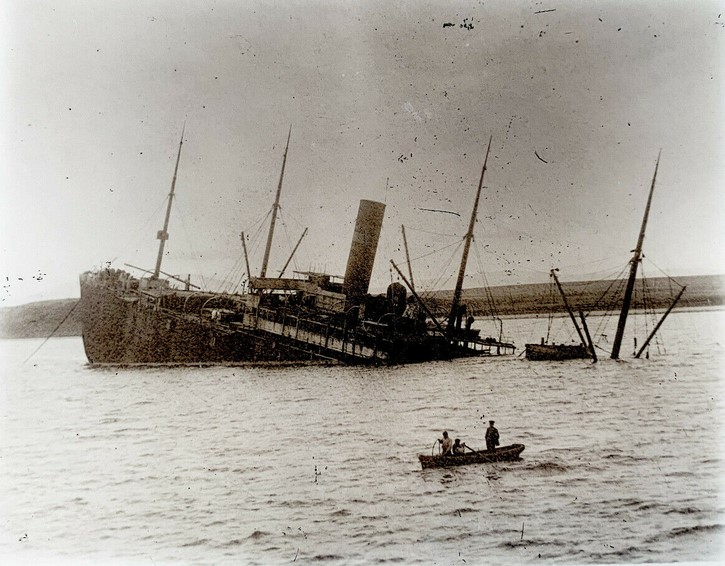
The end of the FRINTON
The Loss and Restoration of the S/S BRATTDAL
“80 Years Ago Today…”
Three months aboard a Flat iron collier

SOLFERINO
Personal testimonies from the sinking of P.L.M. 24
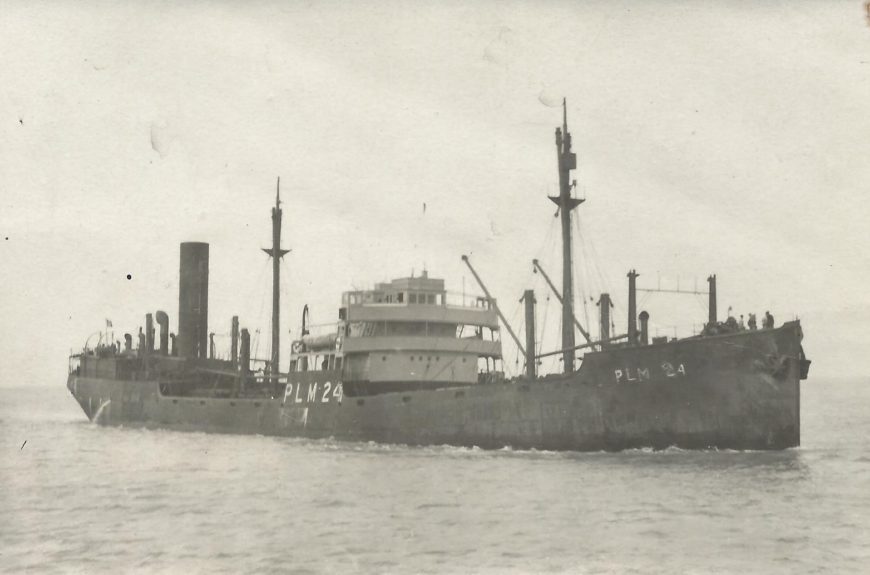
Italian WWI Wrecks in the Greek Seas
The action and sinking of the German submarine U-133 as seen through historical records, war diaries and field research
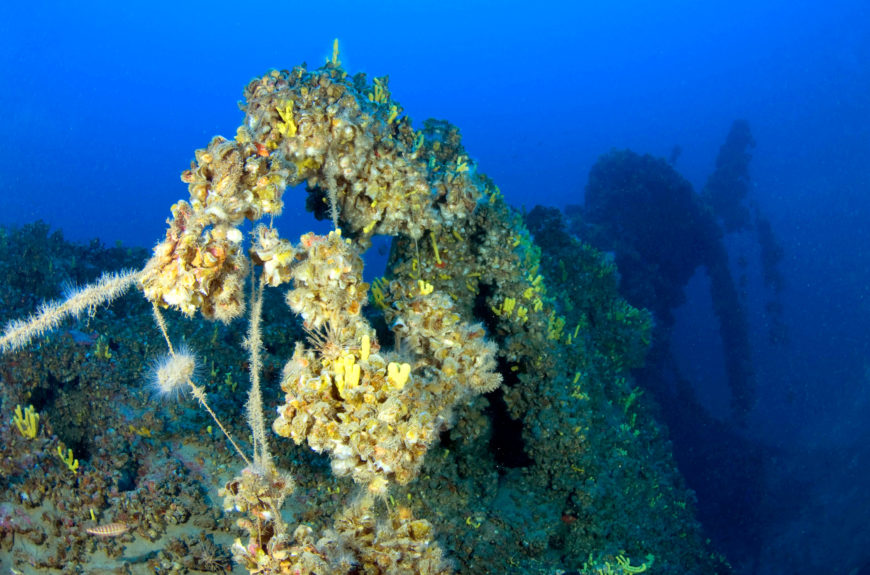
To Study what we have Dived and Dive what we have Studied
The WWII Bombing of Volos

Lost planes from World War II. Whispering Death
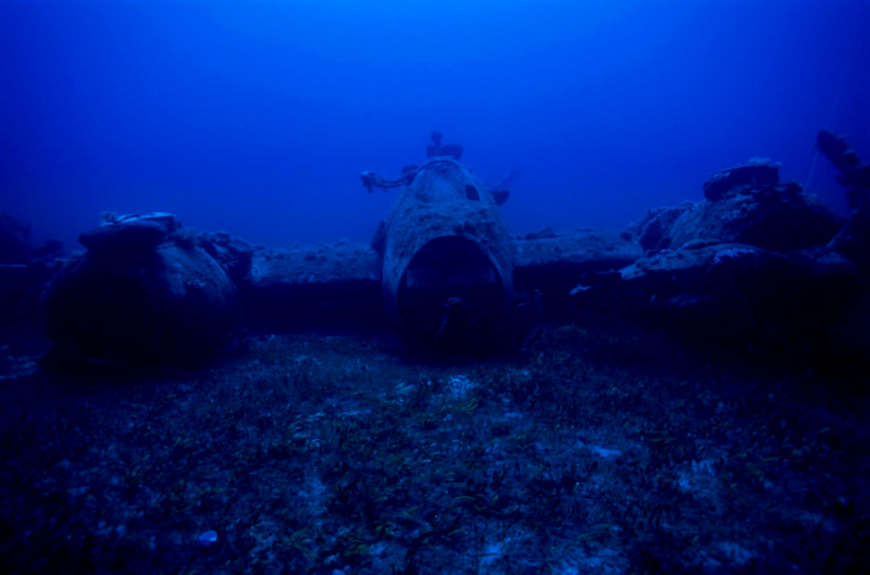
Up in the Eye of the North. A Ju-88 near the Psathoura lighthouse
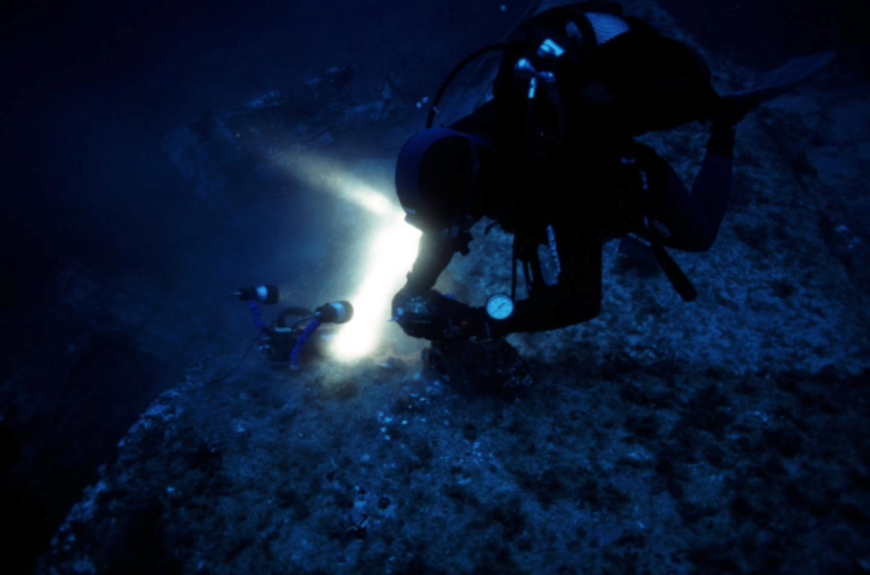
I am holding a fork in my hands. I look at it carefully while my mind drifts back into the past. The tainted metal is testimony to its age. I invert it to inspect the underside of the handle, just where it widens at the end. I see what I was expecting; an engraved Nazi eagle with the German swastika firmly caught in its claws….
The Fetich Boulen: A Lost Victory.
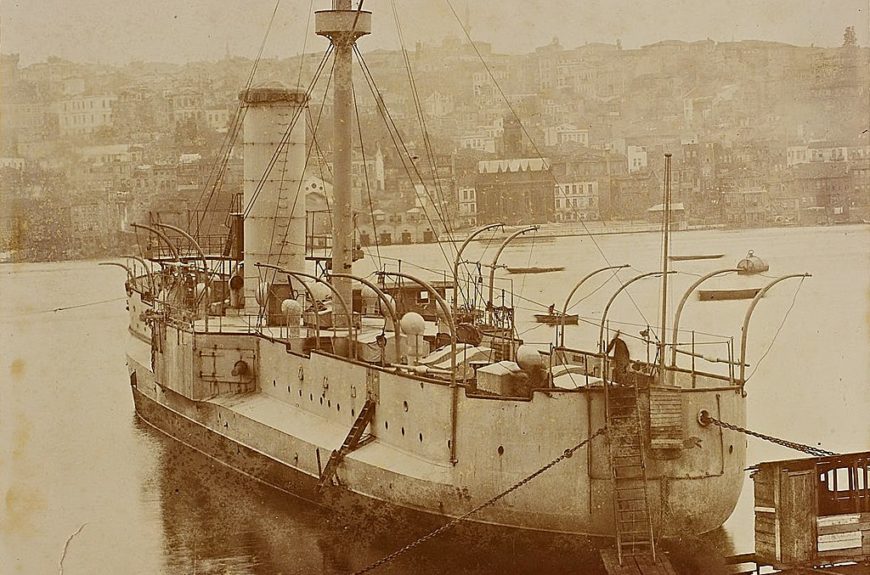
P.L.M. 24
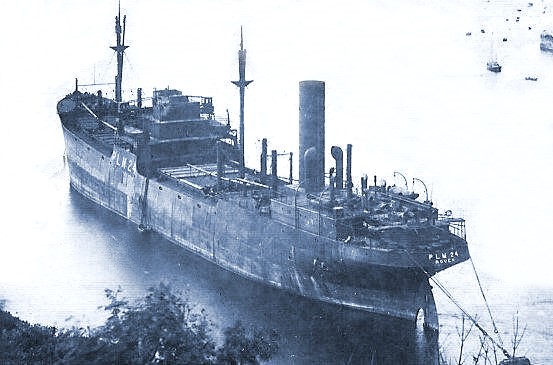
Conference: “Scuba Diving and Citizen Science”
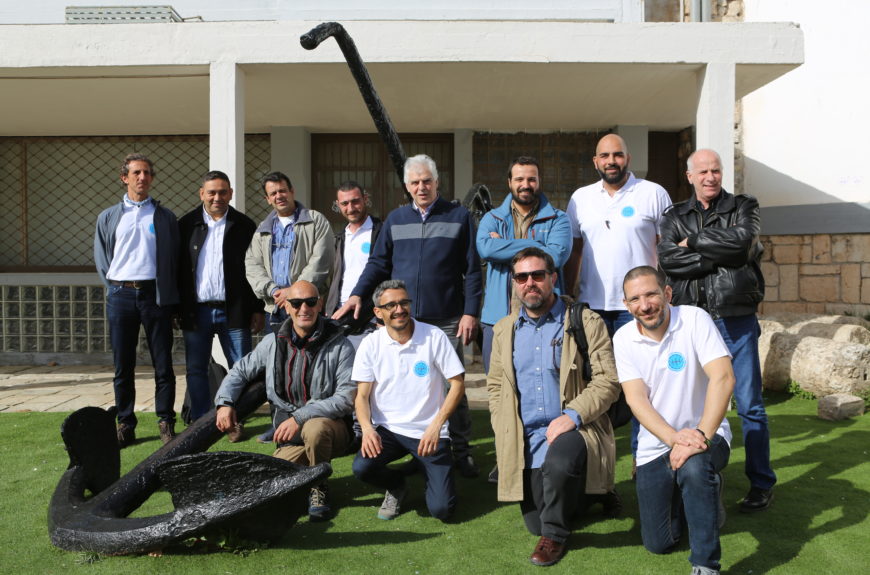
On Saturday, March 7, 2020, a workshop on “Scuba Diving and Citizen Science” was held in the Hall of Events of the Hellenic Maritime Museum. The event was organized on the occasion of the two years of activities by the Underwater Surveying Team (UST) of the Laboratory of Topography, School of Rural and Surveying Engineering, Faculty of Engineering of the Aristotle University of Thessaloniki (AUTh)….
WWI Shipwrecks in the Greek Seas
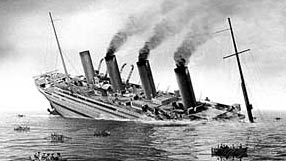
The loss of the salvage tugboat MIMIS
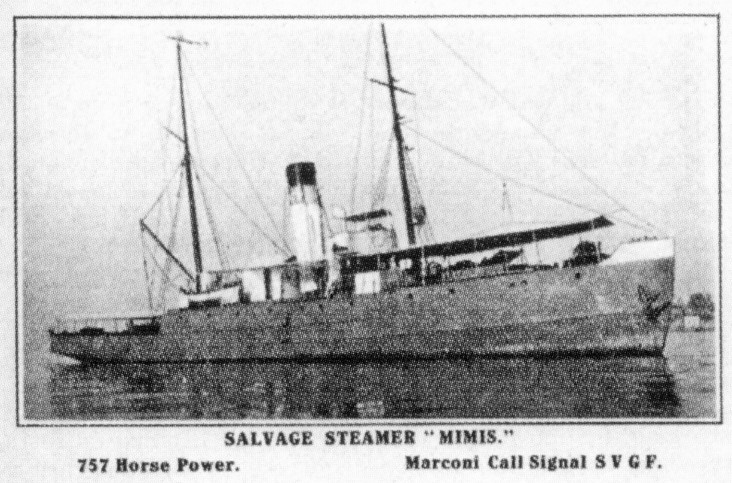
The Croquis
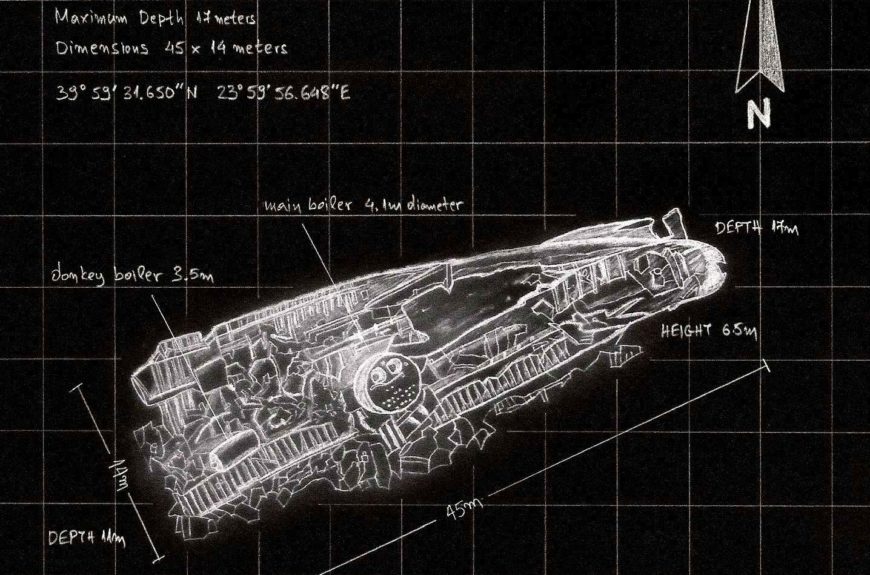
The Submarine of Kaiafa Beach
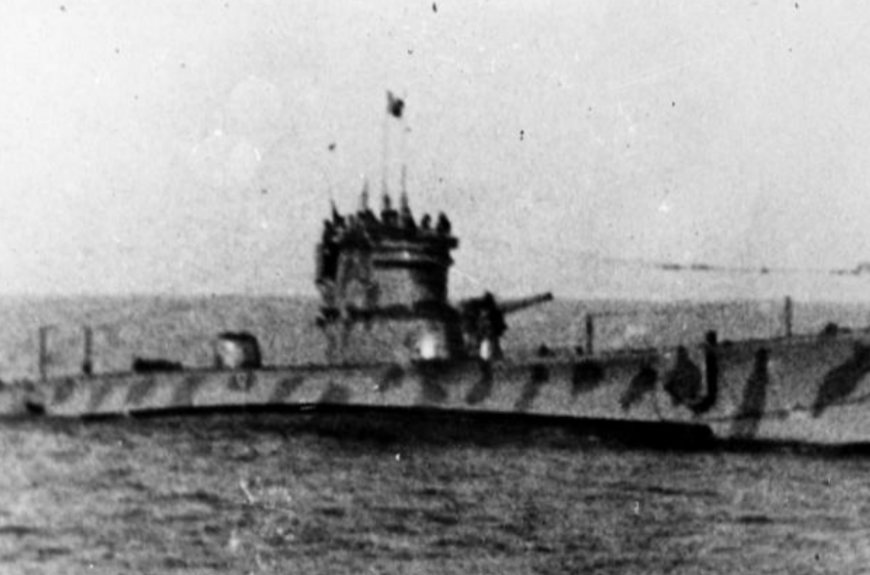
KATHLEEN
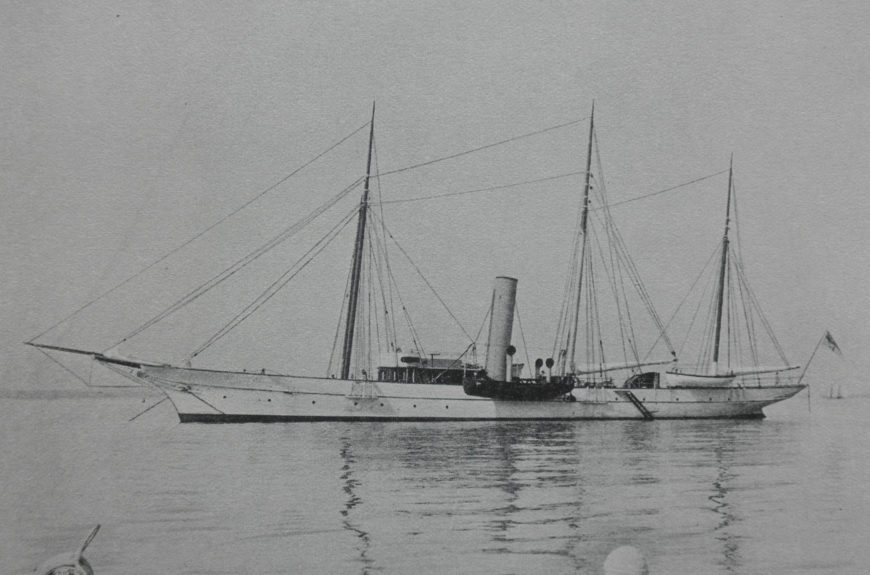
The Views of the S.S. Volos
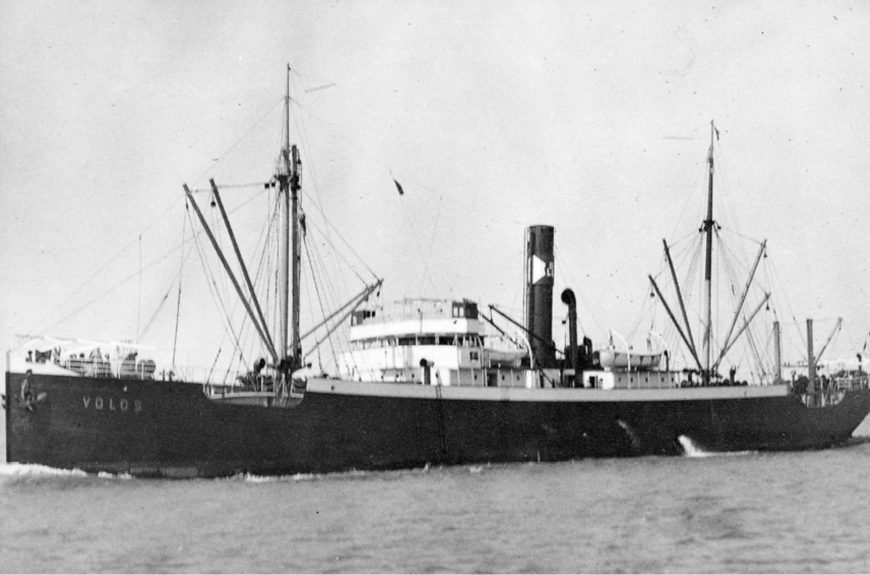
WAR CHARGER – NAVARCHOS KOUNTOURIOTIS
